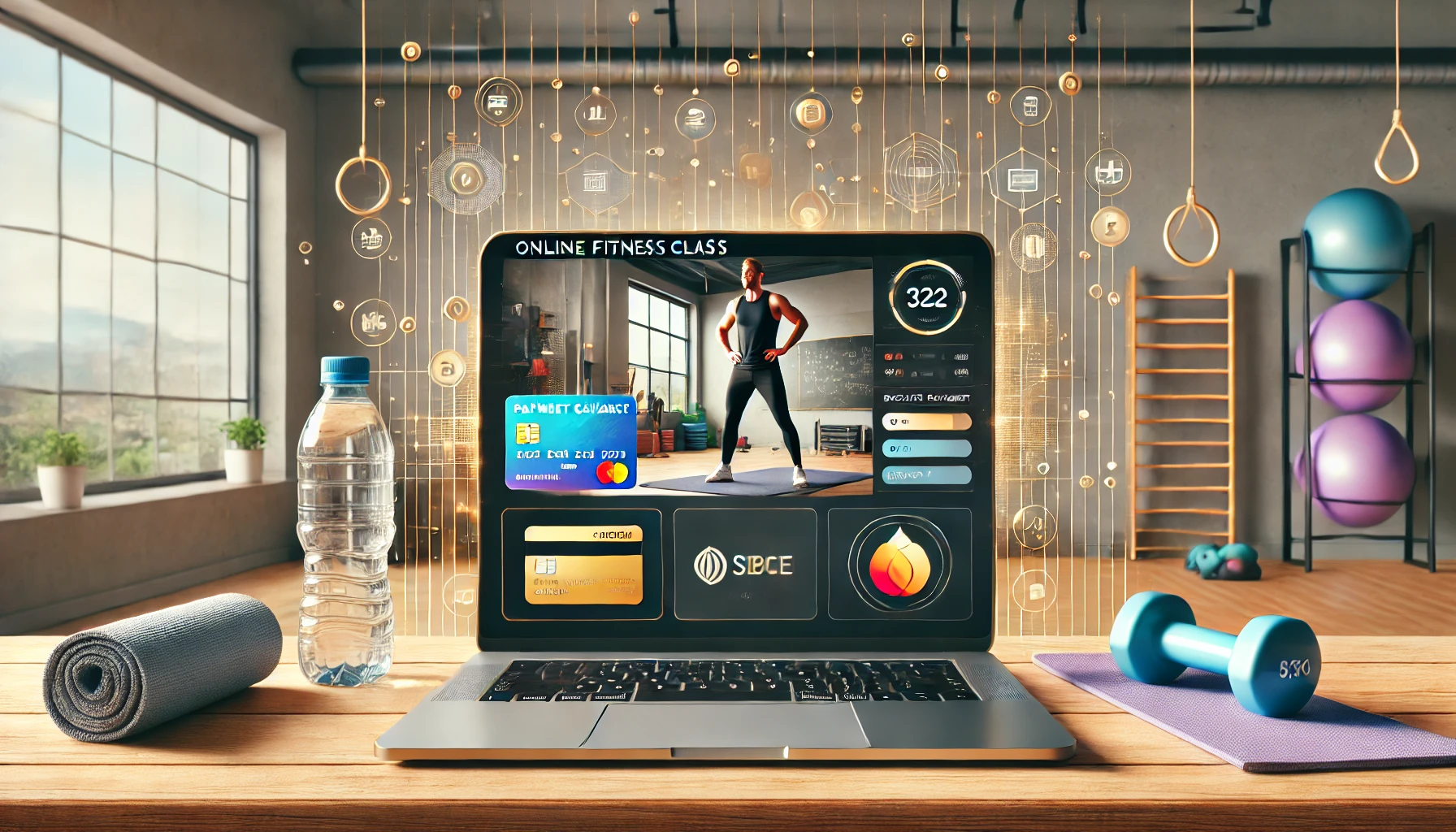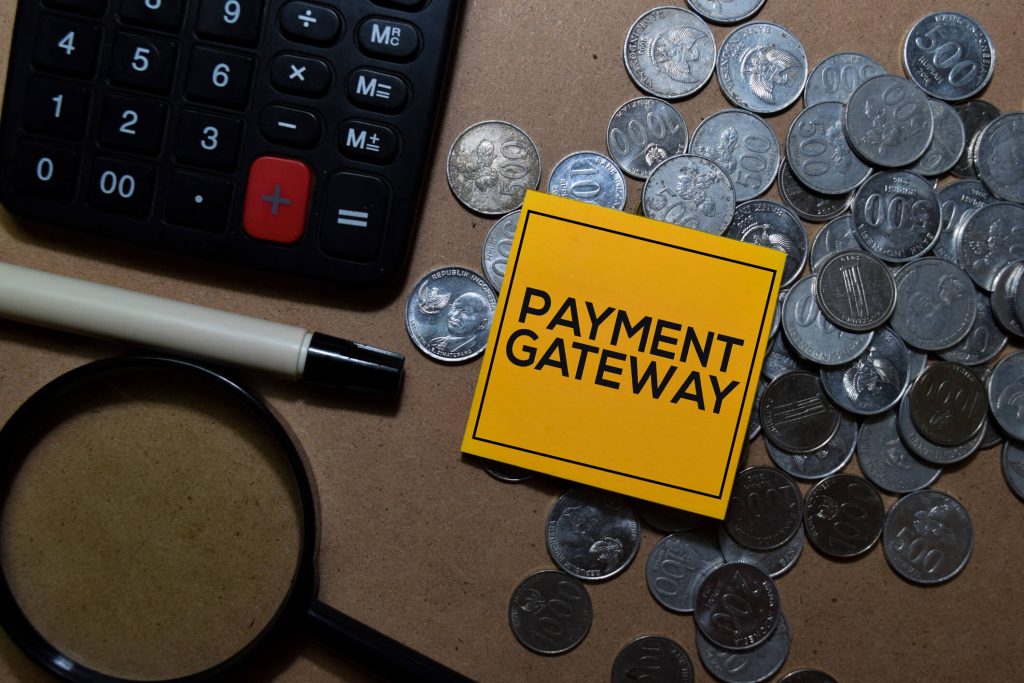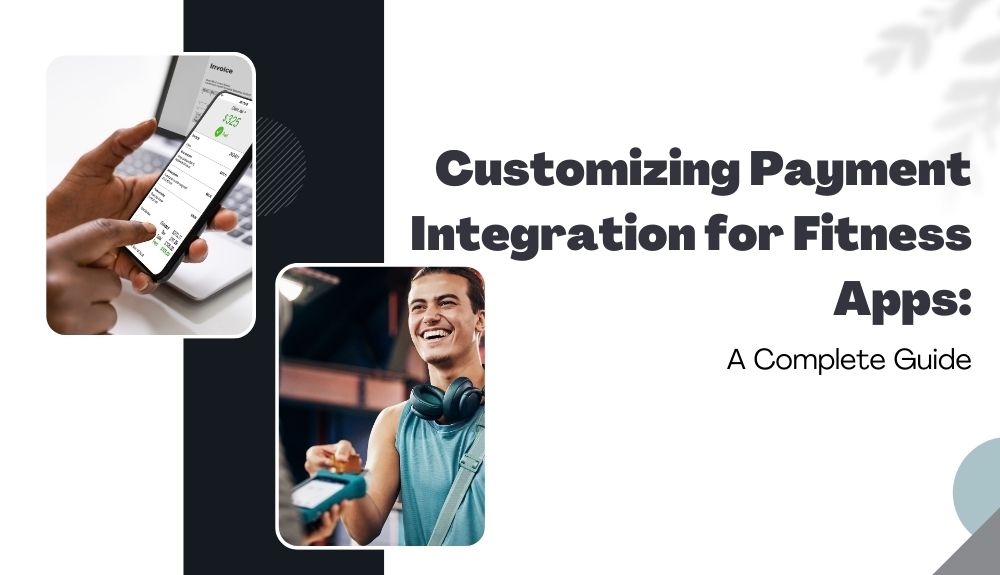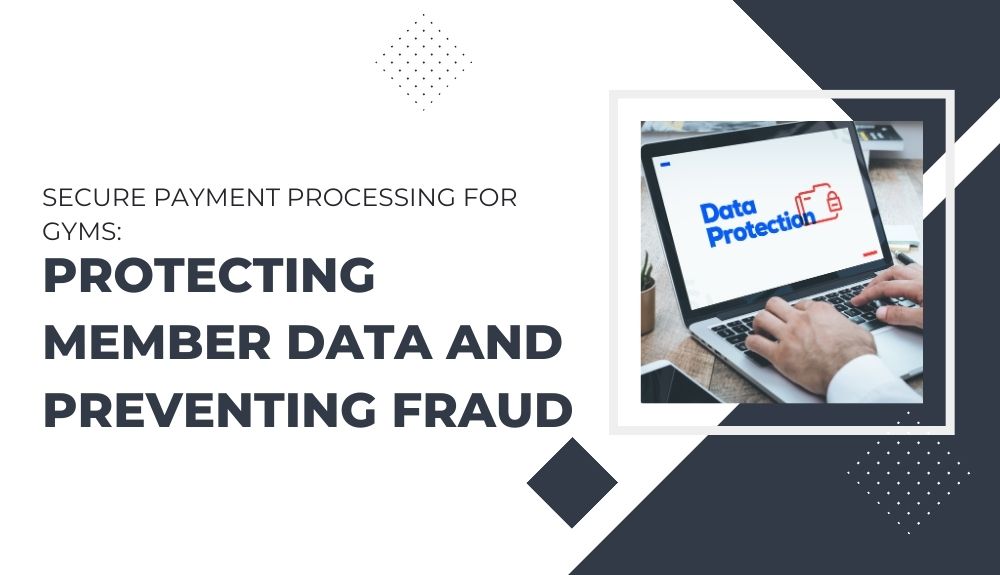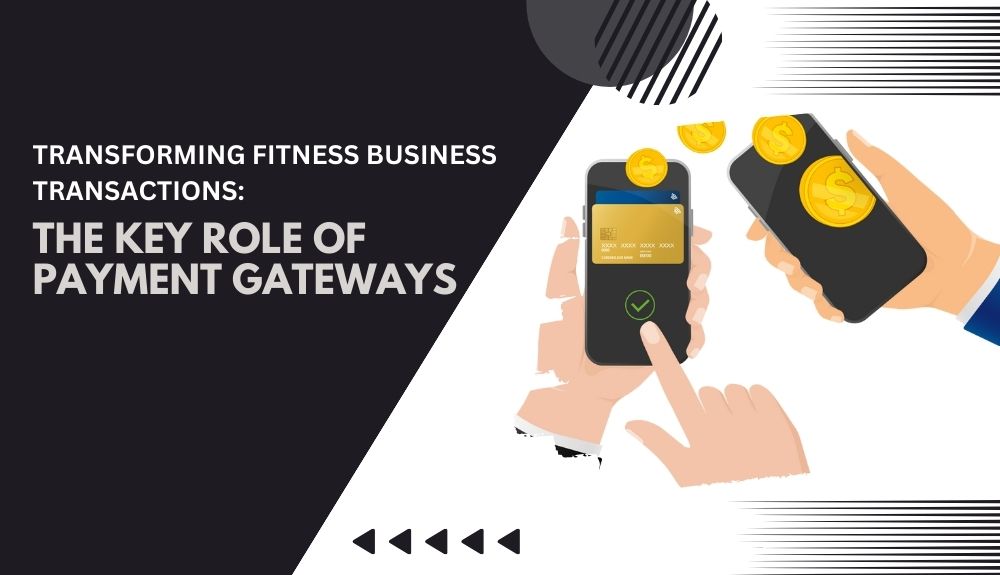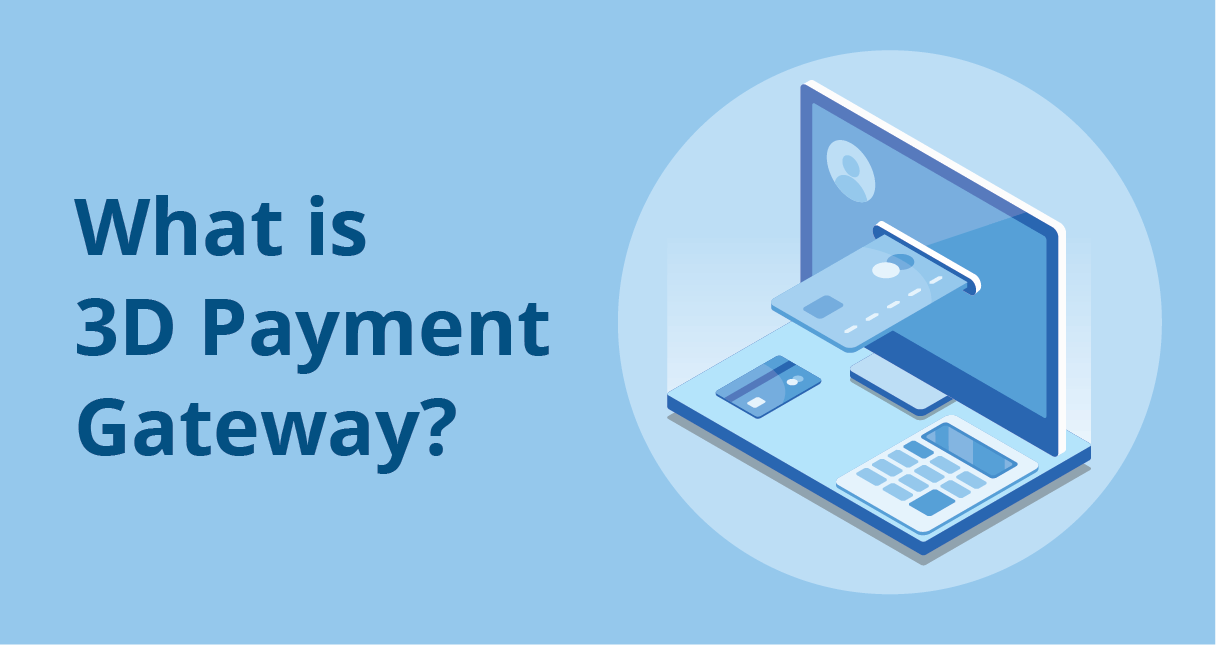In today's digital age, having a reliable and efficient payment gateway is crucial for any business, including gyms. A payment gateway is a technology that allows businesses to accept and process payments from their customers securely and conveniently. For gyms, selecting the right payment gateway is essential to ensure smooth...
Seasonal Strategies for Charging of Fitness Business: New Year’s Resolutions and Summer Rush
The most evident seasonal fluctuations in the fitness industry concern the signups, and indeed the significant ones are noticed at the New Year's resolution time and at the beginning of summer. These periods give the fitness business the opportunity to create specific strategies for charging that can attract new members...
How to Optimize Recurring Payment Systems for Gyms and Fitness Studios
A working mechanism for recurring payment will make billing smooth, but what it ultimately does is ensure an improved experience for customers as they go by choices like flexibility, automation, and security. Some of the problems gyms and other fitness businesses face in their billing process, which may be poorly...
How to Set Up a Payment Gateway for Online Fitness Classes
Learn how to set up a payment gateway for your online fitness classes. This comprehensive guide provides step-by-step instructions and detailed explanations to help you seamlessly integrate a payment system into your website. From choosing the right payment gateway to configuring it for your specific needs, this article covers everything...
How Payment Gateways Benefit Gym Businesses? A Detailed Guide
In today's digital age, payment gateways have become an essential tool for businesses across various industries. Gym businesses, in particular, can greatly benefit from the convenience and security offered by payment gateways. This comprehensive guide will delve into the various ways payment gateways can streamline gym membership payments, ensure secure...
Customizing Payment Integration for Fitness Apps: A Complete Guide
Are you ready to enhance the payment experience on your fitness app and streamline transactions with ease? Customizing payment integration for fitness apps is a game-changer, offering users a seamless and hassle-free payment journey. Imagine providing your clients with a user-friendly interface that ensures quick and secure transactions, ultimately leading...
Choosing the Right Payment Processor for Your Fitness Studio: Key Considerations
Are you a fitness studio owner looking to streamline your payment process and improve your customers' experience? Choosing the right payment processor is a crucial decision that can impact the success of your business. With numerous options available, it can be overwhelming to determine which one is the best fit...
Secure Payment Processing for Gyms: Protecting Member Data and Preventing Fraud
Introduction to Payment Processing in the Fitness Industry In today's fast-paced and digitally-driven world, payment processing has become an integral part of running a successful business, including gyms and fitness centers. As more people embrace a healthier lifestyle and flock to their local gyms, it is crucial for fitness businesses...
Transforming Fitness Business Transactions: The Key Role of Payment Gateways
Can you imagine a fitness business without seamless payment options? From gym memberships to fitness classes, smooth transactions play a vital role in the success of fitness businesses. This brings us to the key role of payment gateways in transforming fitness business transactions. Imagine: You're a gym owner who wants...
Fitness Spend Trends for 2023 and Beyond
The fitness industry has seen substantial changes in recent decades, becoming a multi-billion dollar market that is impacting the lives of millions. The way we approach fitness has evolved with various important factors. Moving forward, the future of fitness looks promising, thanks to exciting new technological advancements and developments expected...
What is a 3D Payment Gateway? Everything you Need to Know!
3D Payment Gateway is a solution that enables businesses to process online payments with greater security and fraud prevention. It does this by requiring the cardholder to enter additional information beyond their name and credit card number. This extra step makes it more difficult for criminals to use stolen or...
How to find stores that accept Apple Pay, Google Pay?
There are a few ways to find stores that accept Apple Pay and Google Pay. One way is to open the Apple or Google Pay app and look for icons of compatible retailers. Another way is to visit the websites of participating merchants and search for a “payment” or “wallet”...



